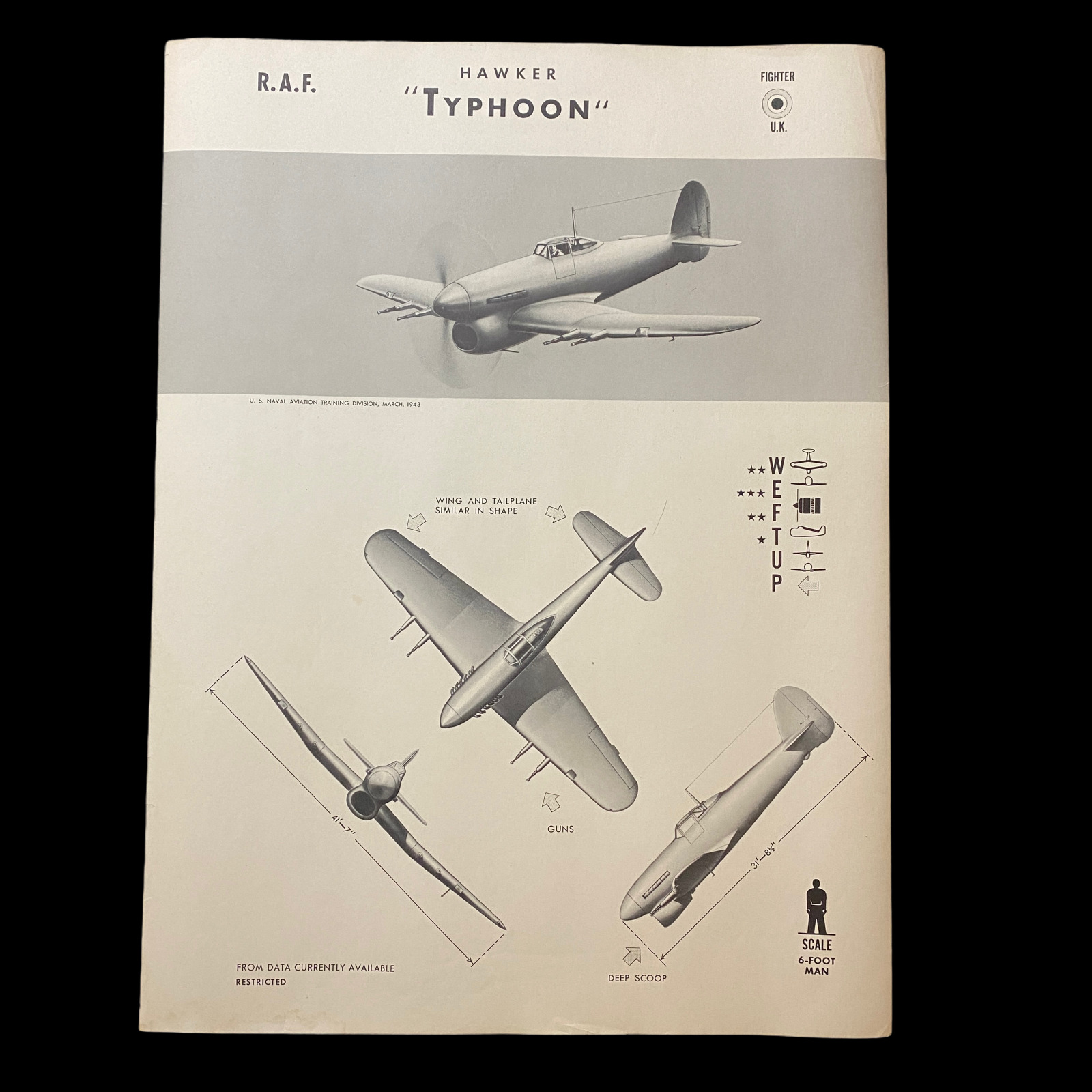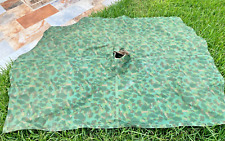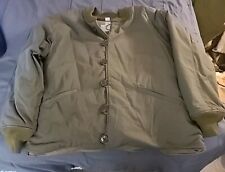WWII 1943 Royal Air Force British Fighter Hawker Typhoon W.E.F.T.U.P. ID Poster For Sale

When you click on links to various merchants on this site and make a purchase, this can result in this site earning a commission. Affiliate programs and affiliations include, but are not limited to, the eBay Partner Network.
WWII 1943 Royal Air Force British Fighter Hawker Typhoon W.E.F.T.U.P. ID Poster:
$245.00
Size: 19 x 25 inches
This original ‘RESTRICTED’ aircraft identification poster was published by the U.S. Naval Aviation Training Division March 1943. This poster was posted as a training tool as well as an in theater ID poster to help U.S. and other Allied pilots, bomber crews and Naval personal to identify Allied and enemy aircraft. W.E.F.T.U.P. or Wing, Engine, Fuselage, Tail, Undercarriage, Peculiarities was a system set up for the purpose of aircraft identification and recognition.
World War II saw some of the first introduction of these aircraft ID poster to prevent friendly fire and more accurate plane recognition in combat. It was believed these posters alone could save countless lives from friendly aircraft-on-aircraft or friendly anit-aircraft fire. These posters also could cut down precious second pilots, bomber gunners, and naval gun crews would have to ID a plane flying towards them intern saving their lives by shooting first.
Each poster provides the silhouettes, dimensions, and relevant information to educate both air and ground personnel in aircraft identification. Immediate identification of aircraft, friendly or not, was essential in order for the observer (whether in the air e.g., pilot, gunner, or patrol observer, or on the ground, e.g., anti-aircraft crew) to determine his next course of action (e.g., acknowledge, attack, evade, or report). Each poster details a large clean sky and background image of the specified aircraft located as the main top imagine on the poster. It also contains important ‘peculiarities’ such as where certain gun emplacements are located, other special aircraft features, as well as wing and length measurements.
Hawker Typhoon:
TheHawker Typhoon(Tiffyin RAF slang) is a British single-seatfighter-bomber, produced byHawker Aircraft. It was intended to be a medium-high altitudeinterceptor, as a replacement for theHawker Hurricanebut several design problems were encountered and it never completely satisfied this requirement.
The Typhoon was originally designed to mount twelve.303 inch (7.7 mm)Browning machine gunsand be powered by the latest 2,000hp engines. Its service introduction in mid-1941 was plagued with problems and for several months the aircraft faced a doubtful future.[3]When theLuftwaffebrought the formidableFocke-Wulf Fw 190into service in 1941, the Typhoon was the only RAF fighter capable of catching it at low altitudes; as a result it secured a new role as a low-altitude interceptor.
The Typhoon became established in roles such as night-time intruder and long-range fighter.From late 1942 the Typhoon was equipped with bombs and from late 1943RP-3rockets were added to its armoury. With those weapons and its four20mm Hispanoautocannons, the Typhoon became one of the Second World War's most successfulground-attack aircraft.
By 1943, the RAF needed aground attackfighter more than a "pure" fighter and the Typhoon was suited to the role (and less-suited to the pure fighter role than competing aircraft such as the Spitfire Mk IX). The powerful engine allowed the aircraft to carry a load of up to two 1,000 pounds (450kg) bombs, equal to thelight bombersof only a few years earlier. The bomb-equipped aircraft were nicknamed "Bombphoons" and entered service with No. 181 Squadron, formed in September 1942.[31][nb 7]
From September 1943, Typhoons were also armed with four "60 lb"RP-3rockets under each wing.[nb 8]In October 1943, No. 181 Squadron made the first Typhoon rocket attacks. Although the rocket projectiles were inaccurate and took considerable skill to aim and allow forballistic dropafter firing, "the sheer firepower of just one Typhoon was equivalent to a destroyer's broadside."[citation needed]By the end of 1943, eighteen rocket-equipped Typhoon squadrons formed the basis of the RAFSecond Tactical Air Force(2nd TAF) ground attack arm in Europe. In theory, the rocket rails and bomb-racks were interchangeable; in practice, to simplify supply, some 2nd TAF Typhoon squadrons (such as 198 Squadron) used the rockets only, while other squadrons were armed exclusively with bombs (this also allowed individual units to more finely hone their skills with their assigned weapons).
By theNormandy landingsin June 1944, 2 TAF had eighteen operational squadrons of Typhoon IBs, whileRAF Fighter Commandhad a further nine. The aircraft proved itself to be the most effective RAF tactical strike aircraft, on interdiction raids against communications and transport targets deep in North Western Europe prior to the invasion and in direct support of the Allied ground forces after D-Day. A system of close liaison with the ground troops was set up by the RAF and army: RAF radio operators in vehicles equipped withVHFR/Ttravelled with the troops close to the front line and called up Typhoons operating in a "Cab Rank", which attacked the targets, marked for them by smoke shells fired by mortar or artillery, until they were destroyed.

Related Items:
WWII 1943 US Coast Guard Lifeboat & Life Raft Drinking Water Ration
$120.00
WWII USMC/USN Reversible Camouflage Poncho, 1943, Great Cond
$185.00
US WWII M-1943 Field Pile Jacket Liner Hi Qual Re At The Front Never Worn Sz46
$80.00



